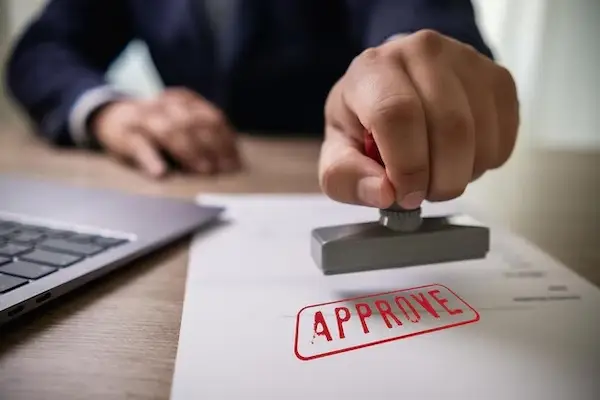No products in the cart.
- Home
- All Passive Income Methods
- Want to See How Much Other People Earned?
- Beginner’s Guide to Passive Income
- My Journey on Passive Income that 99% Population Don’t Hear About
- Litigation Financing – 30% ROI Anyone?
- IPO Under 90 Days!
- IPO Hopeful
- Unicorn Potential?
- An Enjoyable Hobby That Appreciates Too?
- Microlending in Africa
- How You Profit from Beyoncé and Bieber?
- Private Lending
- Tax Lien & Tax Deed in US
- You Can Still Get Bitcoin for $50K???
- A New Strategy with 40%–90% ROI in Year 1
- About Us
- Contact Us
Microlending 4 – How Does the Underwriting Process Work?
Continuing from the last post, today we’ll talk about the entire loan process from the borrower’s perspective. How does microloan approval work? How do they repay the loan, and what happens to their lives after repayment? Understanding the full loan cycle is fascinating, and once you grasp it, you’ll have a better sense of the risks and returns associated with this model.
According to Ruddy, the process starts when borrowers have a clear idea of what they want to do. Many people use the loan to start small businesses, such as selling homemade food on the street or becoming a local version of a motorcycle “Uber” driver. For these ventures, buying fuel or food ingredients typically costs a small amount.
For those who have a mobile phone, they can directly apply via an app, similar to how people in China use Alipay to find services like Huabei or Ali Microloan. They fill out a simple application on their phone and receive a decision almost instantly. For those without a phone, they can visit local electronics stores or small shops that act as intermediaries—these shops often provide various services, including loan applications. These intermediaries, known as “field agents,” help borrowers fill out and submit their applications into the system for approval. There are thousands of such agents spread across different regions.

The approval process is remarkably straightforward. Since these small loans are unsecured, low in amount, and short in duration, the system only checks one thing: whether the borrower has a consistent history of paying their phone bill on time. In these communities, having a working phone is essential, much like having access to water or air. Phones are critical for making payments, transferring money, and purchasing utilities such as water and electricity. As a result, most people prioritize paying their phone bills, and if someone is behind on those payments, it’s often a sign of severe financial distress. Hence, lending companies avoid extending credit to individuals who are delinquent on their phone bills.
Borrowers often take loans from multiple small lenders. They might borrow from one company today, repay it, and then borrow from another. If a particular lender offers the best interest rates, borrowers tend to stick with them—unless they default.
However, here’s the catch. If a borrower defaults on a loan from an M-Pesa-affiliated lender, they get flagged, and other lenders can see this during their approval process. This system essentially acts as a credit scoring mechanism. Once someone defaults, they are highly likely to be blacklisted across the entire M-Pesa lending ecosystem, making it nearly impossible for them to secure future loans. As a result, the default rate in this system is surprisingly low.
So, what’s the actual default rate? Till next time!
